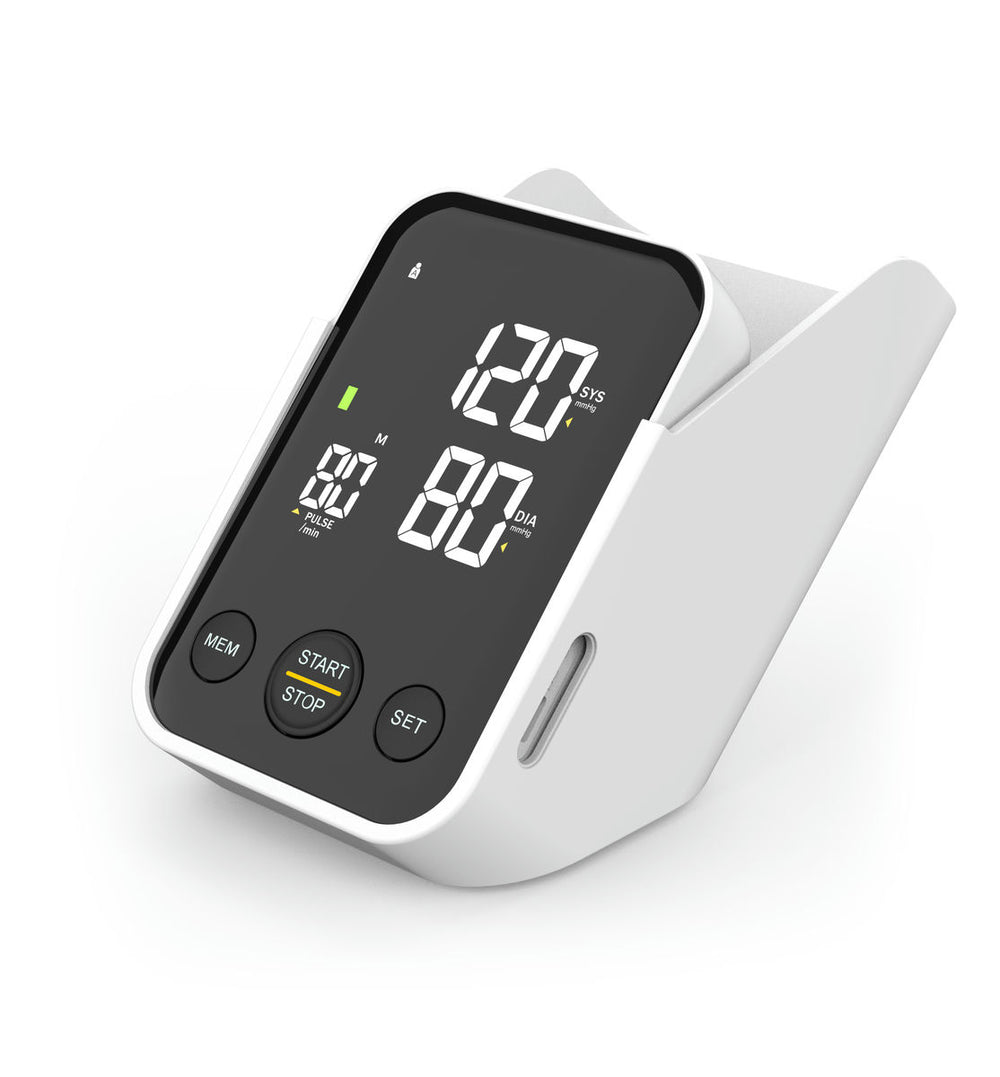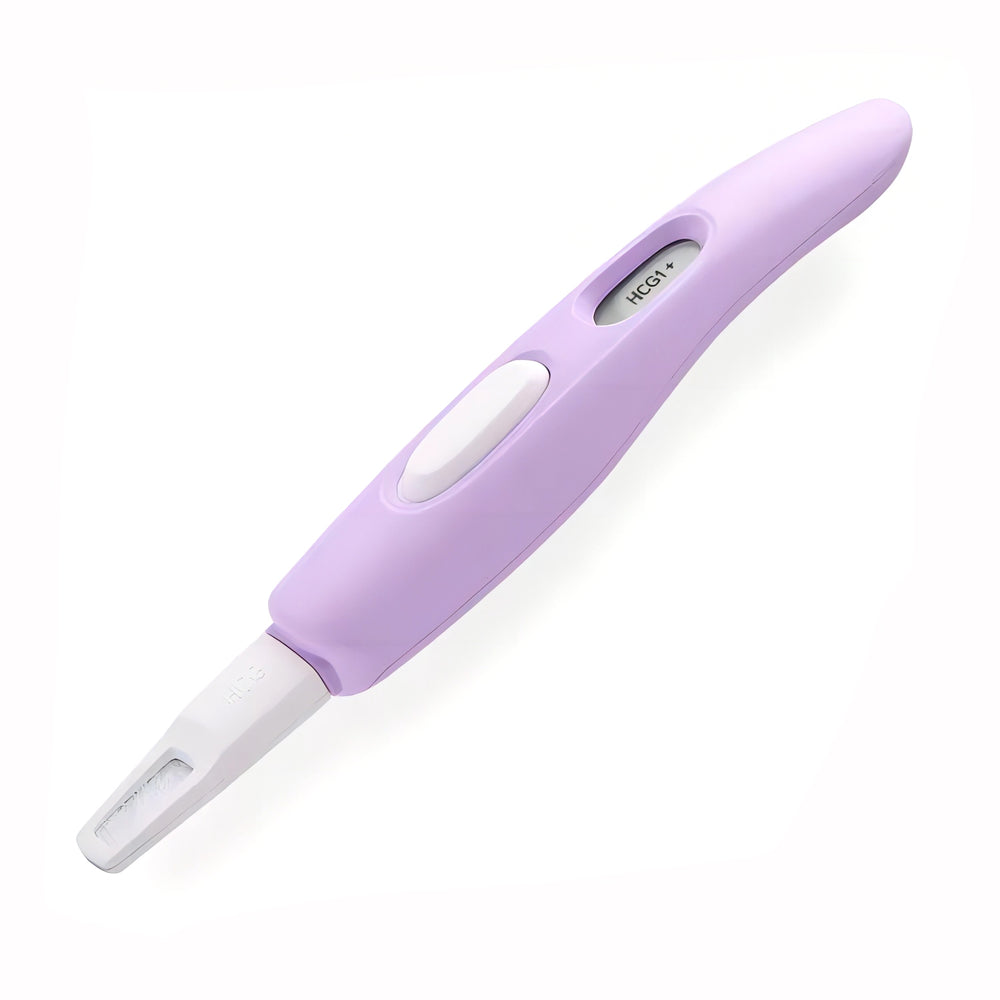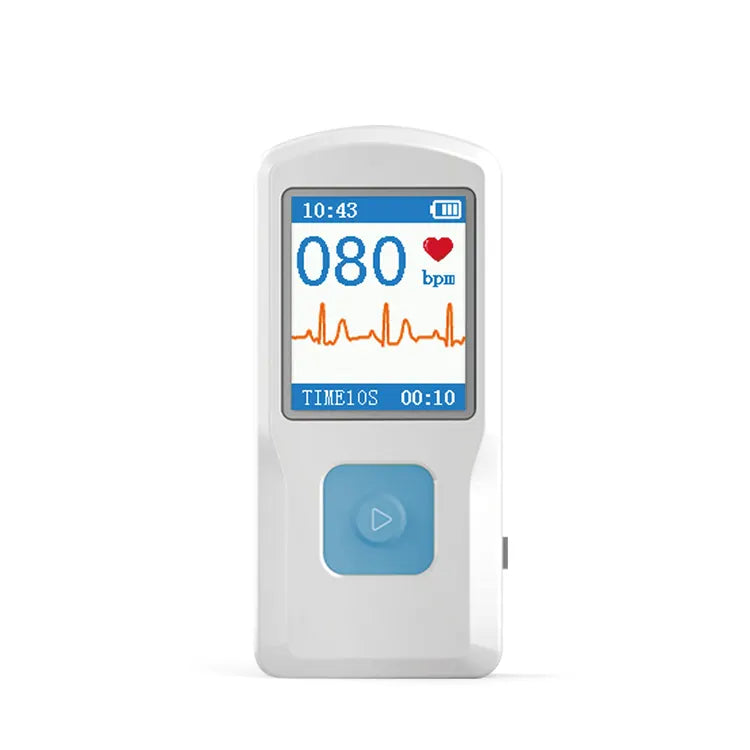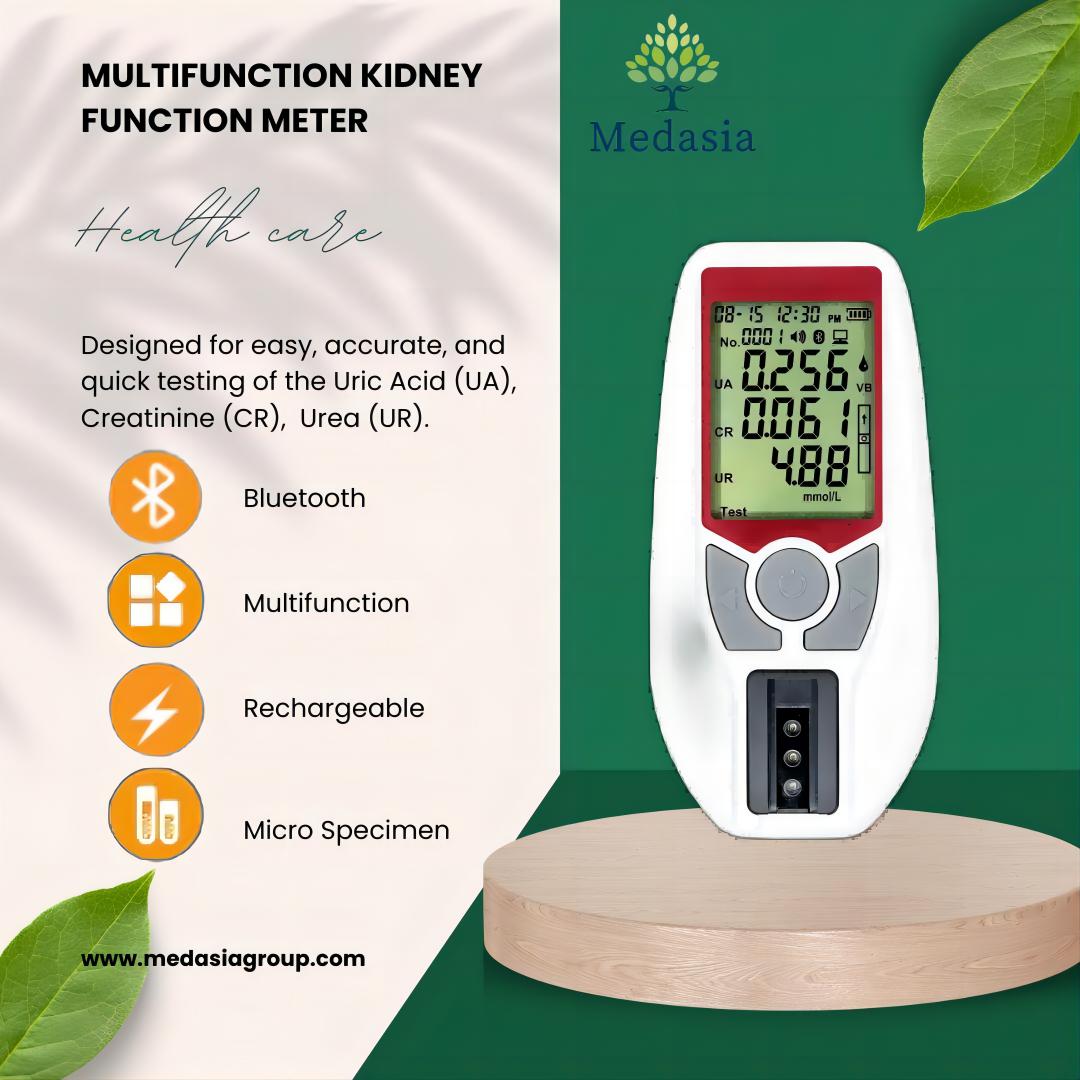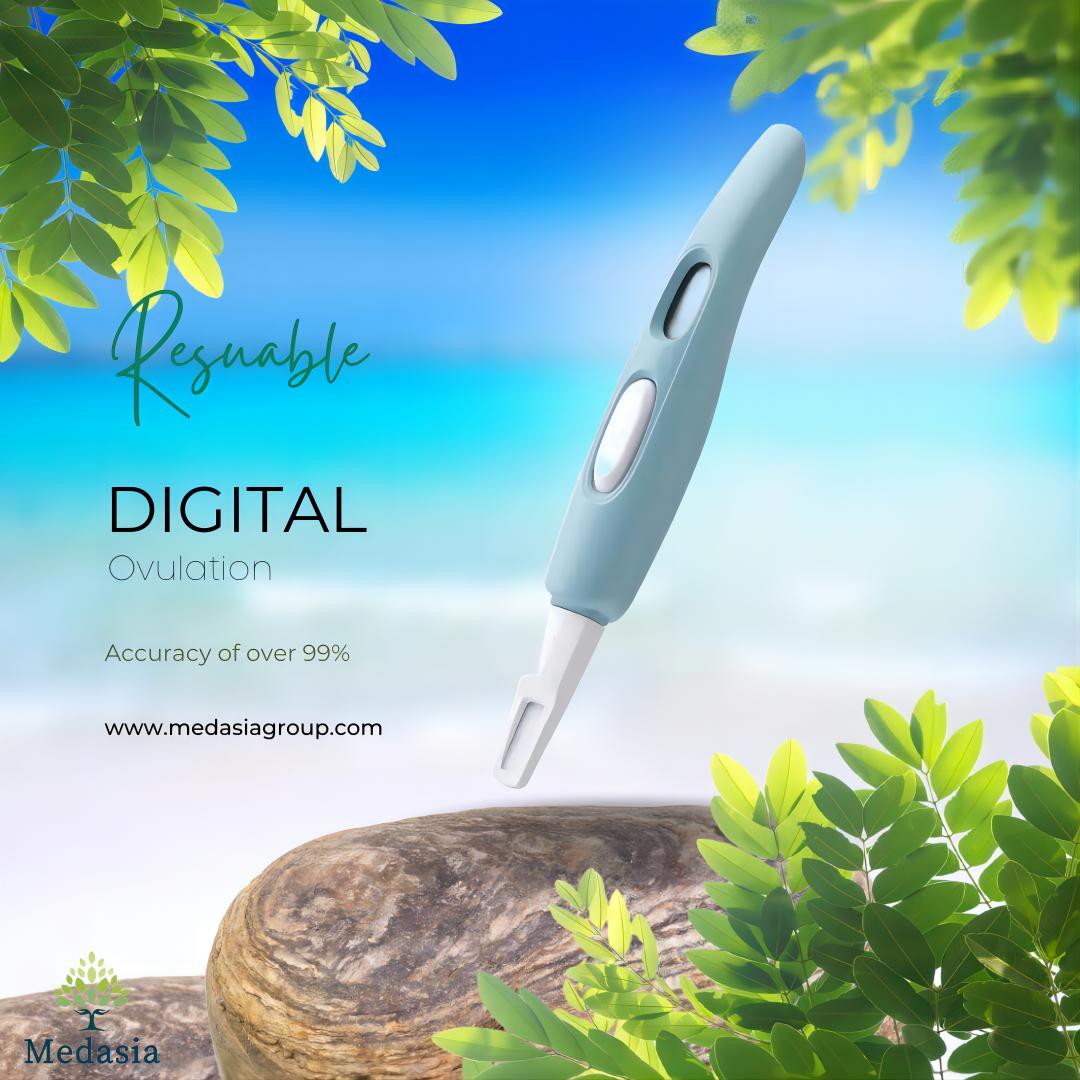Exploring the Advantages of Non-Mercury Options
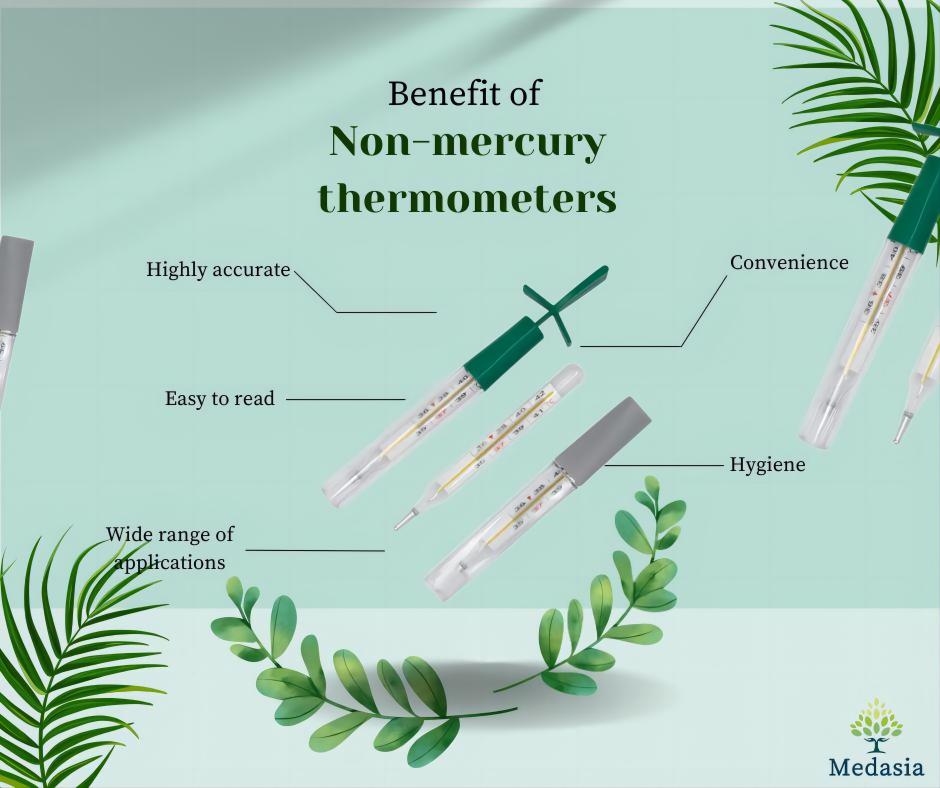
In today's constantly evolving world, innovation is key. One area that has seen significant improvements over the years is thermometer technology. Gone are the days of relying on traditional mercury thermometers, with their potential dangers and limitations. In this article, we will explore the advantages of non-mercury options and how they have revolutionized temperature measurement.
With the advancement of technology, non-mercury thermometers offer several benefits that make them a superior choice for both personal and professional use. From increased accuracy and precision to faster response times, these thermometers provide reliable temperature readings with ease.
In addition to improved performance, non-mercury thermometers are also safer for both the users and the environment. The elimination of mercury reduces the risk of accidental exposure, making them a safer option for all age groups. Furthermore, the use of non-toxic materials aligns with the growing concern for environmental sustainability.
Join us as we delve into the fascinating journey of thermometer evolution and discover why non-mercury options are the way of the future. Say goodbye to outdated mercury thermometers and embrace the advantages of modern temperature measurement technology.
The drawbacks of traditional mercury thermometers
Mercury thermometers have been widely used for centuries due to their simplicity and effectiveness. However, they come with several drawbacks. Firstly, mercury is a toxic substance that can be hazardous if ingested or exposed to the skin. Accidental breakage of a mercury thermometer can release the liquid metal, posing a serious health risk. Moreover, the use of mercury has environmental implications, as it can contaminate water sources and harm wildlife.
Secondly, traditional mercury thermometers are not as accurate or precise as non-mercury alternatives. The mercury inside the thermometer can take a long time to reach the actual temperature of the object or body being measured, leading to inaccuracies. Additionally, reading the temperature on a mercury thermometer requires careful observation of the mercury level, leaving room for human error.
Lastly, mercury thermometers have slower response times compared to non-mercury options. It can take several minutes for the mercury to fully expand or contract and display an accurate reading. This delay can be inconvenient, especially in situations where quick temperature measurements are necessary.
The shift towards non-mercury thermometers
With the advancement of technology, non-mercury thermometers have gained popularity for their improved performance and safety features. These thermometers utilize alternative methods and materials to provide accurate and reliable temperature measurements.
Digital thermometers are one of the most common non-mercury options available today. They use electronic sensors to measure temperature and display the readings on a digital screen. Digital thermometers offer quick response times, often providing results within seconds. They are also highly accurate and easy to read, making them suitable for a wide range of applications, including personal and medical use.
Infrared thermometers have also become increasingly popular due to their non-contact measurement capabilities. Instead of physically touching the object or body, infrared thermometers detect and measure the infrared radiation emitted by the target. This makes them ideal for situations where contact is not feasible or hygienic, such as measuring the temperature of a person from a distance. Infrared thermometers provide fast and accurate results, making them suitable for various industries, including food safety, HVAC, and automotive.
Disposable thermometers are another type of non-mercury option that offers convenience and safety. These thermometers are typically made of flexible materials, such as plastic, and are designed for single-use. They are commonly used in healthcare settings, especially for oral or axillary temperature measurements. Disposable thermometers eliminate the need for cleaning and disinfection, reducing the risk of cross-contamination.
Different types of non-mercury thermometers - digital, infrared, and disposable

Non-mercury thermometers come in various forms, each designed to cater to specific needs and requirements. The most common types include digital, infrared, and disposable thermometers.
Advantages of non-mercury thermometers - accuracy, safety, and convenience

Non-mercury thermometers offer several advantages over their mercury counterparts. These advantages include enhanced accuracy, improved safety, and increased convenience.
Comparison of non-mercury thermometers with mercury thermometers
Non-mercury thermometers have several advantages over traditional mercury thermometers. Let's compare the two options to understand why non-mercury thermometers are the superior choice.
Popular brands and models of non-mercury thermometers
When it comes to non-mercury thermometers, several brands and models have gained recognition for their quality and performance. Let's explore some of the popular options available in the market.
How to choose the right non-mercury thermometer for your needs
Choosing the right non-mercury thermometer depends on several factors, including your specific requirements and preferences. Here are some key considerations to keep in mind:
- Accuracy: Look for thermometers that offer high accuracy and precision. Consider the technology used and read customer reviews to gauge the reliability of temperature readings.
- Intended Use: Determine the purpose for which you require a thermometer. If you need it for personal use, consider factors such as ease of use, display readability, and additional functions. For professional or medical use, accuracy, speed, and hygienic features may be more important.
- Type of Thermometer: Consider the type of non-mercury thermometer that suits your needs. Digital thermometers are versatile and suitable for all age groups. Infrared thermometers offer non-contact temperature measurement, while disposable thermometers provide convenience and hygiene.
- Budget: Set a budget for your thermometer purchase. Non-mercury thermometers come in a range of prices, so consider your budget while also prioritizing the features and performance that are most important to you.
Tips for using non-mercury thermometers effectively
To ensure accurate and reliable temperature measurements, follow these tips when using non-mercury thermometers:
- Read the Instructions: Familiarize yourself with the specific instructions provided by the manufacturer for your thermometer. Different thermometers may have unique usage guidelines.
- Proper Placement: Ensure proper placement of the thermometer for accurate readings. Follow the instructions for the specific type of thermometer you are using, whether it's under the tongue, in the ear, on the forehead, or in another designated area.
- Cleanliness: Keep your thermometer clean and free from debris. Follow the manufacturer's cleaning instructions to maintain hygiene and prolong the lifespan of your thermometer.
- Calibration: Some non-mercury thermometers may require occasional calibration to ensure accurate readings. Check the instructions provided by the manufacturer for calibration guidelines and frequency.
- Storage: Store your thermometer in a safe and appropriate location when not in use. Follow the manufacturer's recommendations for storage temperature and conditions.
Conclusion: The future of temperature measurement with non-mercury options
Non-mercury thermometers have revolutionized temperature measurement by offering enhanced accuracy, improved safety, and increased convenience. Digital, infrared, and disposable thermometers provide reliable temperature readings without the risks associated with mercury thermometers.
Choosing the right non-mercury thermometer depends on your specific needs and preferences. Consider factors such as accuracy, intended use, type of thermometer, and budget when making your decision.
With the continuous advancements in technology, non-mercury thermometers are becoming the preferred choice for personal and professional temperature measurement. Embrace the advantages of these modern options and say goodbye to outdated mercury thermometers. The future of temperature measurement is here, and it's safer, more accurate, and more convenient than ever before.
Explore More Blogs of Products
The Promising of Cholesterol Testing
What Advantages Of A Portable Mesh Nebulizer?
Hemoglobin Meter: Let's help people to monitor anemia
How to choose a better digital thermometer
Digital Pregnancy Test : Assisting Couples in Conceiving
Portable Fetal Doppler: Bonding with Your Baby
Reference
Facts About Non-Mercury Thermometers From OSU.EDU.
Temperature: Digital and Glass Thermometers From Nationwidechildrens
WE RECOMMEND
Related posts
- Subscribe MedInsights
- Subscribe MedInsights
- Subscribe MedInsights
- Subscribe MedInsights
- Subscribe MedInsights


